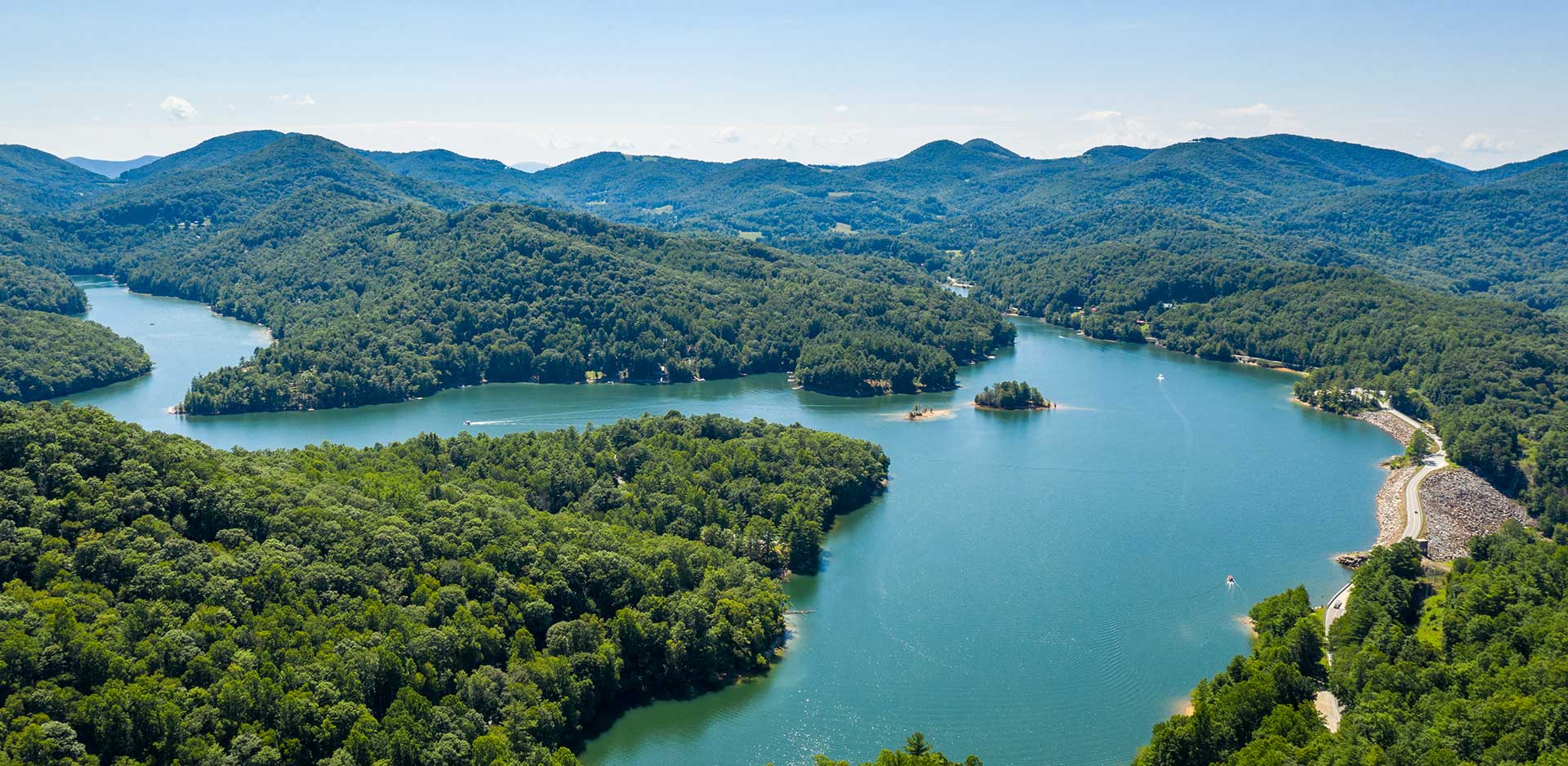CHECK OUT OUR VACATION RENTAL SPECIALS
 VIEW SPECIALS
VIEW SPECIALS

Here in Western North Carolina, there are plenty of different activities to do while you’re here. Whether it’s going on an adventure on one of the many scenic hiking trails, going shopping, or just driving around seeing the sites, you’ll never find yourself getting bored. While you’re exploring the Plateau, you will come across a good cup of coffee that will keep you energized and ready to continue your journey though our little slice of paradise. Coffee is the perfect drink to enjoy during fall when the weather is cooler. What’s better than sitting down with a nice, hot cup of coffee and enjoying the beautiful scenery and watching the Plateau go through this spectacular transition? However, coffee is enjoyable year round. Below are a few of our favorite places to get that coffee you can enjoy while you are here:
America was a little late to the coffee game, but has flourished and thrived since it entered the market. Coffee has become a huge part of American culture, just like rock-n-roll and sports, like football. With every part of American culture, there is a story and the story of coffee has been a long one, one that began a few hundred years ago. There are several coffee history facts and other information about coffee that will definitely peak your interest.
According to coffee history facts, hundreds of years ago, rumor has it that a goat herder by the name of Kaldi acquired coffee beans on the Ethiopian plateau. Kaldi’s goats found the fruit and ate it and it gave them an abundance of energy. Seeing this, Kaldi tested the fruit himself and it caused him to have the same response. Due to this, Kaldi decided to bring the fruit to a local monastery where an abbot turned the red berry into a drink and shared it with other monks. When this discovery was made, its presence was made known across the continent.
Before coffee was the drink that it is today, it was prepared in a multitude of ways including wine-like substances. By the 1400s, coffee was being procured and trafficked in Arabia, and the beans were roasted and brewed. There were then public coffee houses, also known as qahveh khaneh, that appeared across the East where the patrons of these establishments could trade information over a cup of coffee, according to coffee history facts.
According to coffee history facts, America was late to the coffee scene. The drink was finally brought over to the Americas by the British in the mid-1600s. Coffee houses were all the rage and they got even bigger after the Boston Tea Party in 1773. This revolt against King George III caused a huge switch from tea to coffee.
By the 1700s, coffee was one of the highest money making goods in the world. The interest and in gestation in the U.S. was raised primarily during the Civil War, and judicious businessmen were searching for a way to make a profit from it. In 1864, Charles and John Arbuckle started selling pre-roasted coffee by the pound and were making a fortune selling it to cowboys out West. Also around this time, James Folger was selling coffee to the gold miners out in California and he, too, did very well in the market. After this, several other big names such as Maxwell House and Hills Brothers quickly followed. After the war, instant coffee was brought into the market and was all the rage until 1971 when Starbucks opened in Seattle.
It’s believed that the Spanish conquistadors were the ones who brought coffee to Western Carolina. When the “Reconquista” ended (lasted 700 years) and Spain was reclaimed by the Spanish, coffee and how it was prepared was left behind by the Moorish conquerors. Also, after the war, the Spanish traded with the Arabs, Turks, and North Africans (their former conquerors) and received coffee beans that came directly from Yemen and Ethiopia. Due to the fact that the Spanish were able to trade with their former enemies and that their former enemies left behind coffee, the Spanish were able to take away something positive from the Reconquista.
Not long after the war, veterans of the Reconquista followed Christopher Columbus to the New World in order to colonize it and conquer America’s Southeast, which lasted until the 1800s. However, in Mexico, they were able to establish coffee in the late 1700s.
At minimum, two military expeditions composed of Spanish soldiers, priests, translators, prisoners and slaves, traveled to what would now be considered Asheville, North Carolina. It is believed that the first coffee in Asheville was roasted, brewed and served around the middle of the 16th century as well as the last of the Spanish wine.
According to coffee history facts, it is believed that in 1541 Hernando de Soto and his men crossed the banks where the Swannanoa River and the South French Broad River meet. This area is known as a primitive road crossing of Native American footpaths. The men were searching for gold, the fountain of youth (also known as Muscadine Grapes) and a path through the mountains to their colonies in Mexico. These men left disease and disaster in their wake. They did, however, trade with the stronger Native Americans and left hem with Spanish wine, roasted coffee and jewelry.
After de Soto, Captain Juan Pardo followed in de Soto’s footsteps with his own Recanquista veterans. Turkish roasted coffee was a big part of their diet, like Spanish wine. Therefore, they brought their coffee with them in their quest to conquer North America. After Pardo and his men destroyed several French coastal settlements, he came out to Western North Carolina with 30 mastiff war dogs, 50 matchlocks (large muskets) and 120 steel clad armored soldiers. They journeyed 231 miles from Fort Santa Elena (positioned on modern day Parris Island, South Carolina in Beaufort County) past where present day Asheville is located and built Fort San Juan about 49 miles away outside of Morrisville, North Carolina.
The stronger Native American tribes, that were not controlled by the Spaniards, were interested in the Spaniards’ wine, steel and coffee. However, this was not enough to protect Fort San Juan. The desolation caused by de Soto and Pardo was too great and due to this, the Fort was burned to the ground by the Catawba Nation. Only one man by the name of Juan de Badejoz managed to get out; and according to legend, he took a cask of wine and the last bag of coffee.
The location where the Fort once stood was archeologically excavated and it became known as the Berry Site due to the Berry coffee, wine or chocolate that stayed with the Fort as it was destroyed. In place of where the Fort once stood is ceremonial Catawban mound. It would be a long time before coffee was seen again in Asheville, North Carolina.
Sometime after 1585, a man by the name of Sir Richard Greenville brought around 100 soldiers, colonists, and sailors to Roanoke Island with a bag of coffee. However, the Cherokee and Europeans had minimal contact with Western North Carolina until the late 17th century. In the 18th century, however, there was a very successful trade between white settlers and the Cherokee with tea, coffee, sweets and chocolate for corn, tomato, and smoked trout. During the American Revolution, cafes and coffee drinking became a cultural habit for post-colonial North Carolina. In 1784, the early white settlers, (the Pattons, Davidsons, Gudgers, and Alexanders) who were wealthier families, displayed their privilege by fixing coffee for themselves and their guests, due to it taking more time to be prepared than tea does.
Whether you’re planning your vacation around going shopping, or you’re wanting to go explore nature, there are a few great places to get a good cup of coffee while you’re here visiting. Landmark Vacation Rentals has amazing properties to rent throughout the plateau, so you can come and experience our way of life and enjoy that cup of coffee. Stay in a lakeside cabin or single-family home and enjoy the view and the area’s breathtaking landscape. While you’re enjoying your cup of coffee, you can look out at the beautiful mountain scenery as it is preparing for winter.
0 COMMENTS